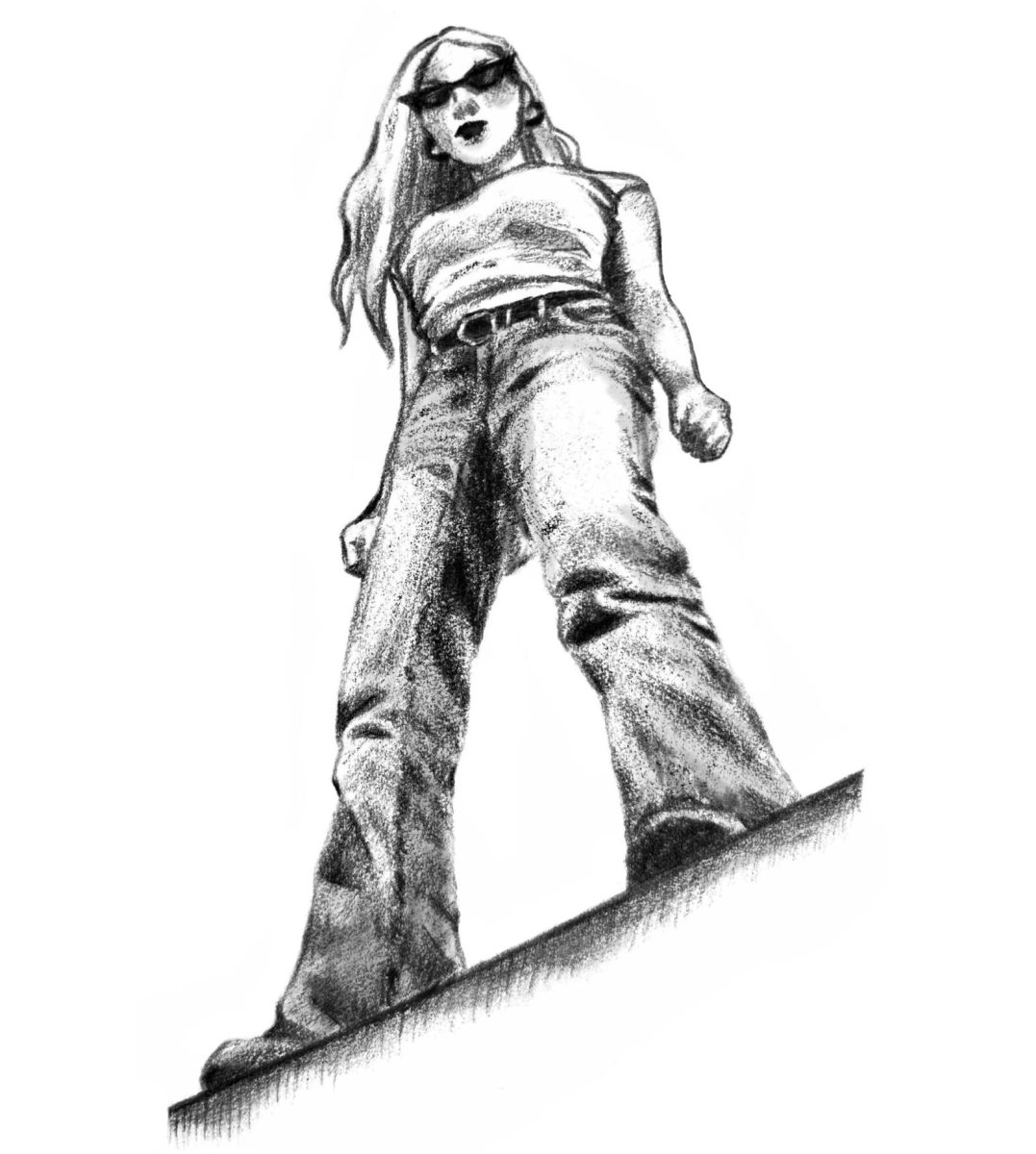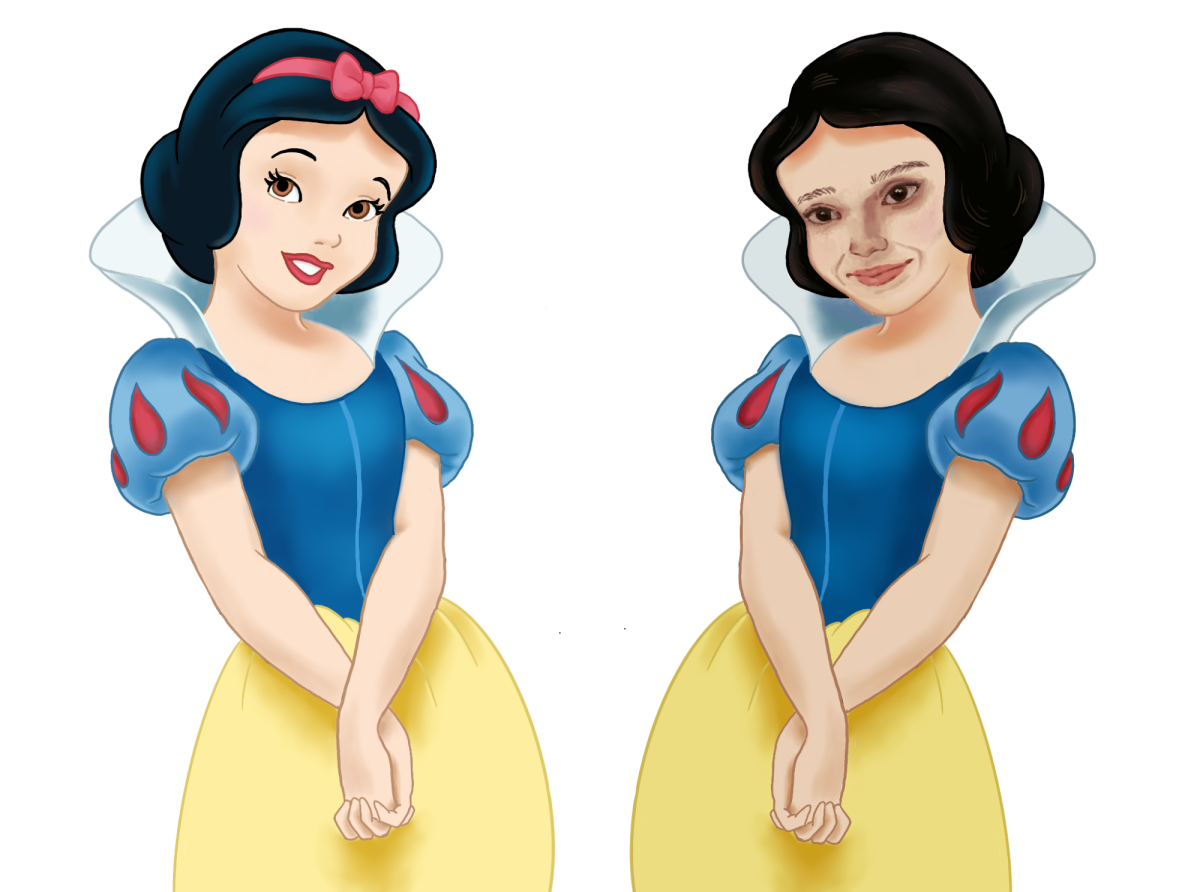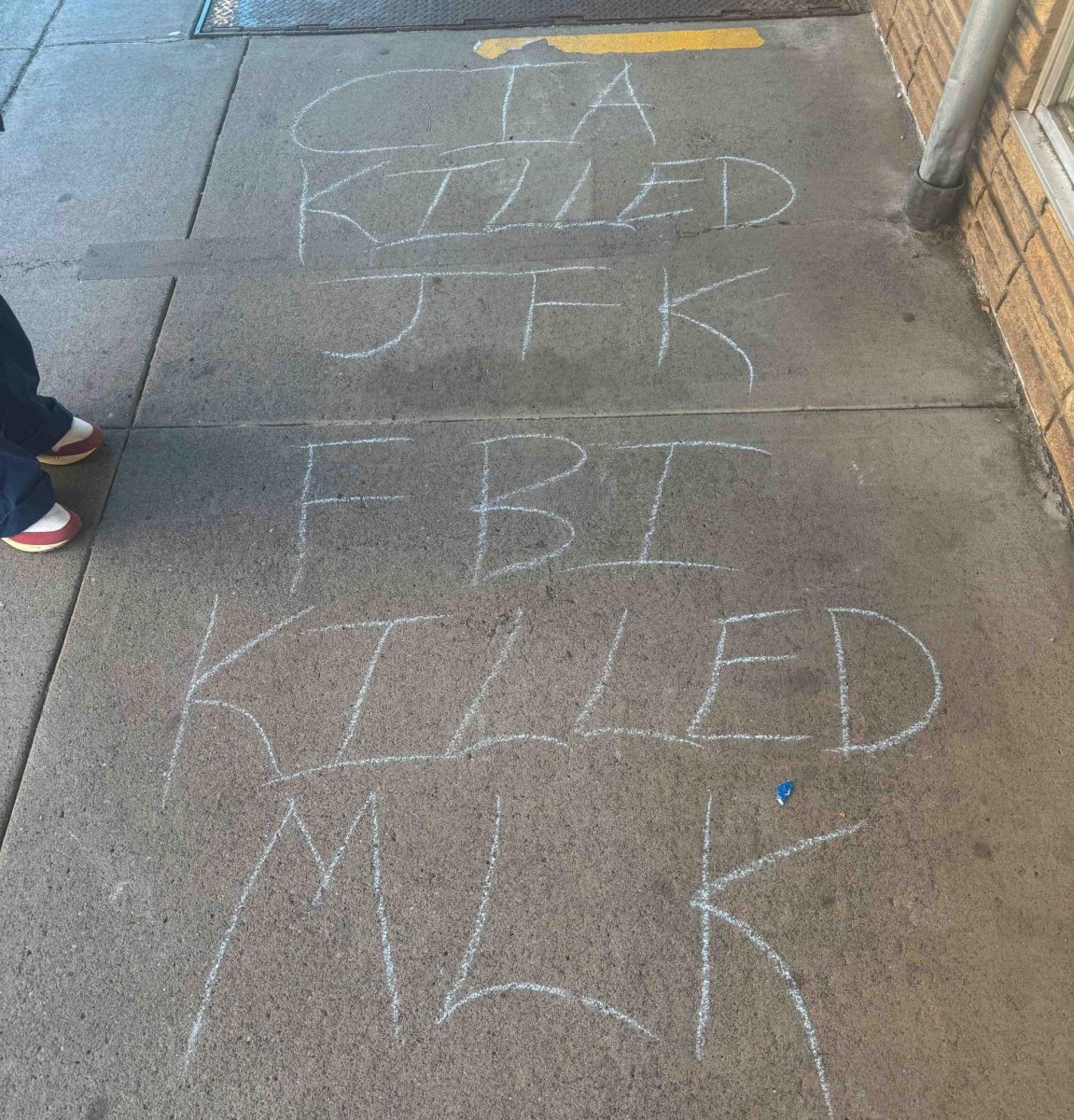At a school where 56 percent of the student body is female, it’s not surprising to see more female faces at club meetings and events. But at Whitman, it seems that a gender gap exists in campus involvement.
Junior Elliott Okantey, who serves as ASWC Finance Chair, has direct involvement with clubs and club heads. He reported that 39 clubs turned in recognition update forms this year to renew their ASWC club status. Of the 39, 26 clubs listed a female as a president or co-president, 19 listed a female as a budget manager/congressional contact and 24 listed a female as an alternate congressional contact.
The Center for Community Service has definitely noticed a growing gap between male and female participants in their programs.
Mentor Program intern Andrea Seymour said that in the first round of mentor applications this year, the office received 103 applications, of which fewer than 20 were from men. Seymour, who is a junior, said that this is a general trend the office has seen every year.
“We’d definitely like to see more males involved,” Seymour said. “There are tons of male mentees that really need a male role model. We end up having a lot of females mentor male mentees, and that’s kind of a hard thing.” Seymour said that many of the mentees don’t have a consistent male role model in their lives and that she believes they would benefit from having one.
Another campus service group, which asked not to be mentioned by name for fear of discouraging interested male participants, has 51 active women members and only 15 men.
“The ones that are involved are really involved and are happy to do it… we just don’t get that many of them,” said the club head.
Many students and club heads seem confused about why fewer men than women seem to be involved in clubs.
“You don’t put together an application to a place like Whitman if you don’t have initiative to really go after your interests,” Okantey said.
Okantey pointed out, however, that in terms of elected positions, men seem to overshadow women, and that this has held true for at least the past few years.
“I feel like maybe, maybe boys like positions of power, like in ASWC,” sophomore senator Hong-Nhi Do said. There are four senators for each class, and Do is currently the only female sophomore senator. She pointed out that there is also only one female first-year senator.
Do explained that currently the junior class senators are all men, but due to the running-mate nature of junior senators, next semester there will be three women. There are two female senior senators: the only class that Do described as “the best represented in terms of gender.”
In the eight-person executive council, there is also only one position-holding female. Last year, there were two in a council of six.
Gender studies director Melissa Wilcox cautioned against using terms like “trend” to describe the gap between male and female involvement, indicating that some years can just be flukes in terms of involvement. She did, however, offer some possible explanations for the current differences between men and women involvement at Whitman.
“It’s possible that getting involved has its own sort of gendered dynamic,” Wilcox said, comparing club participation to the “gendered value” that is often placed on traditionally more female activities like volunteering.
Wilcox also pointed out that “getting involved” may mean different things for men and women.
“There’s not a strong movement today of men’s involvement in clubs,” Wilcox said, referring to a national scope. “So getting involved for men may be more likely to mean elected offices.”
Wilcox theorized that it may be interesting to ask incoming first-year students right away what “getting involved” means to them, and how exactly they plan to do so. Seeing how answers vary between sexes might indicate how males and females view this concept differently.
“Some of the majors that draw significantly more men than women are pretty heavy-load majors, which would lessen one’s involvement,” Wilcox also pointed out.
Okantey for one believes that a higher level of pressure is being put on female youth today than in the past, in terms of academics, sports and other club involvement. He describes this as “a great breakthrough after centuries of stifling young women’s development” but worries that it comes at the price of lessening encouragement for young men.
“I really look forward to seeing if female extracurricular involvement will translate into more gender equality in the workplace as our generation ages,” Okantey said.







